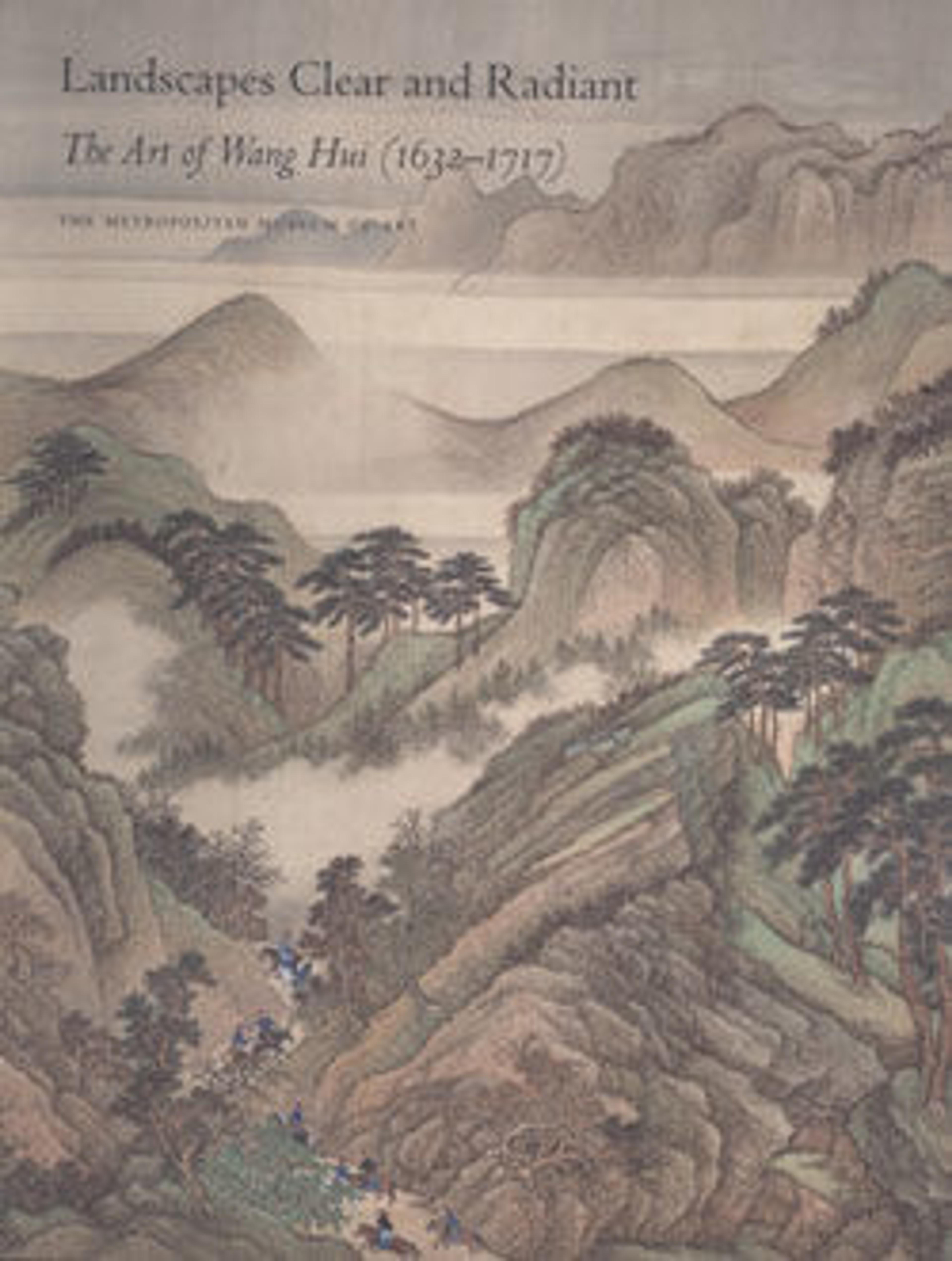Snow Clearing: Landscape after Li Cheng
Defying the dictum of the authoritative theorist Dong Qichang (1555–1636) that "in painting it is better to be descriptively obscure rather than to be obvious," Wang Hui regarded calligraphic abstraction and mimetic representation as "the two wings of a bird." Inspired by Li Cheng's (919–967) descriptive idiom of jagged rock formations and spiky "crab-claw" wintry trees, which demand representational skill as well as calligraphic discipline, Wang's perfectly controlled lyrical composition—a snowscape of enchanted stillness-celebrates the beauty of nature.
Painted for Zhou Lianggong (1612–1672), a high-ranking official who was facing unjust charges of corruption, Wang's choice of the Li Cheng style was significant. Li's winter landscapes had long been viewed as emblems of survival in the face of adversity, so Wang's painting may be read as an expression of sympathy and encouragement.
Painted for Zhou Lianggong (1612–1672), a high-ranking official who was facing unjust charges of corruption, Wang's choice of the Li Cheng style was significant. Li's winter landscapes had long been viewed as emblems of survival in the face of adversity, so Wang's painting may be read as an expression of sympathy and encouragement.
Artwork Details
- 清 王翬 倣李成雪霽圖 軸
- Title: Snow Clearing: Landscape after Li Cheng
- Artist: Wang Hui (Chinese, 1632–1717)
- Calligrapher: Inscribed by Wang Hui (Chinese, 1632–1717)
- Period: Qing dynasty (1644–1911)
- Date: dated 1669
- Culture: China
- Medium: Hanging scroll; ink and color on paper
- Dimensions: Image: 44 3/8 x 14 1/8 in. (112.7 x 35.9 cm)
Overall with mounting: 89 1/4 x 20 7/8 in. (226.7 x 53 cm)
Overall with knobs: 89 1/4 x 24 1/8 in. (226.7 x 61.3 cm) - Classification: Paintings
- Credit Line: Ex coll.: C. C. Wang Family, Gift of Mr. and Mrs. Earl Morse, in honor of Professor Wen Fong, 1978
- Object Number: 1978.13
- Curatorial Department: Asian Art
More Artwork
Research Resources
The Met provides unparalleled resources for research and welcomes an international community of students and scholars. The Met's Open Access API is where creators and researchers can connect to the The Met collection. Open Access data and public domain images are available for unrestricted commercial and noncommercial use without permission or fee.
To request images under copyright and other restrictions, please use this Image Request form.
Feedback
We continue to research and examine historical and cultural context for objects in The Met collection. If you have comments or questions about this object record, please complete and submit this form. The Museum looks forward to receiving your comments.
